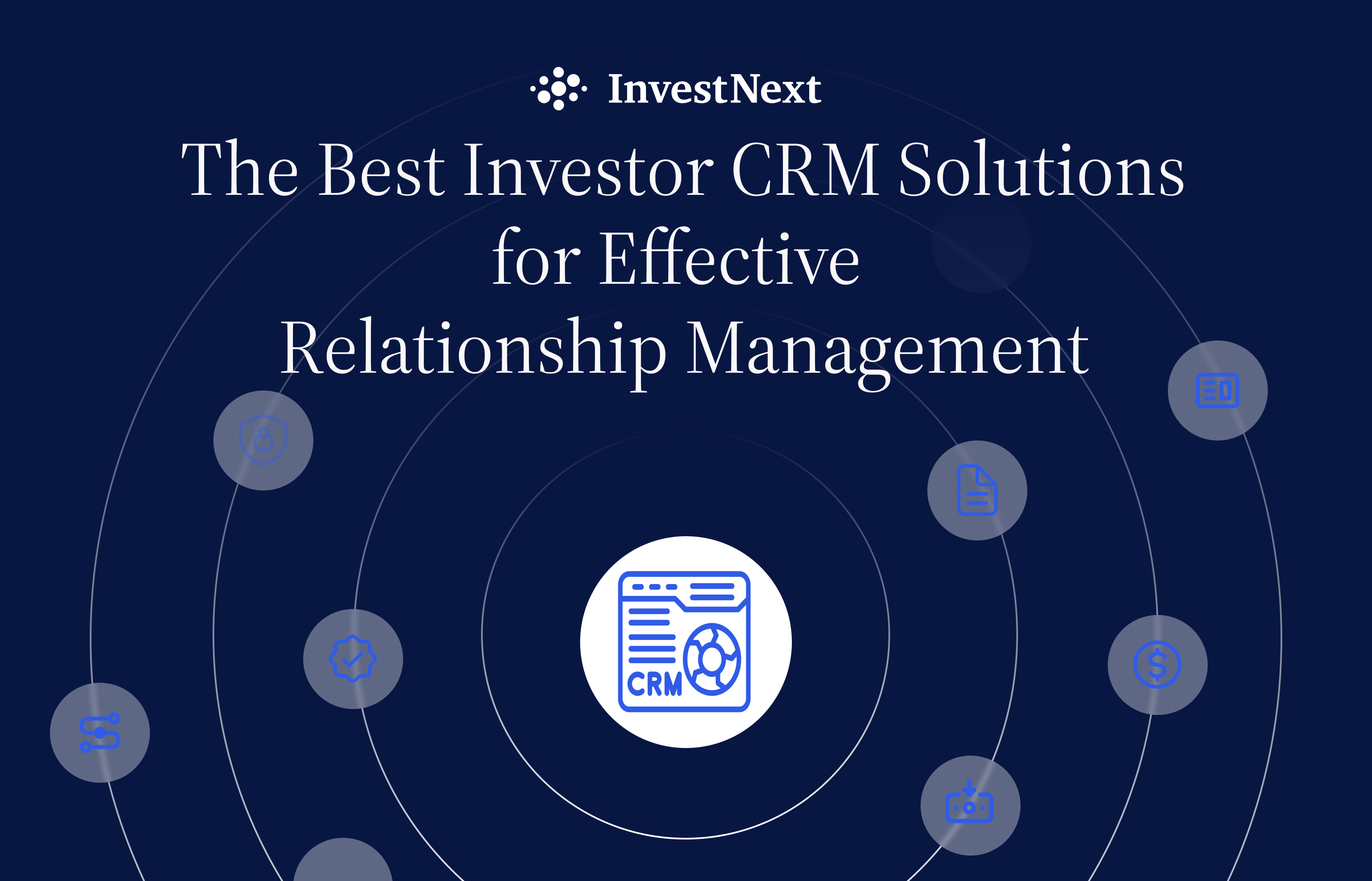Real estate flipping has become a prominent strategy for investors looking to capitalize on the potential for substantial returns. This article will introduce to you the concept, its rise in popularity, and the current market trends.
Definition and Basics of Real Estate Flipping
Real estate flipping refers to the process of purchasing properties, often undervalued or in need of repair, with the intent to renovate and sell them at a profit. This investment approach hinges on two critical factors: the acquisition of properties at a price point that allows for a profitable flip and the execution of renovations that enhance value without overcapitalizing.
The Rise of Flipping Houses as an Investment Strategy
The investment strategy of flipping houses has gained momentum, particularly as media coverage and reality television have showcased the potential for high returns. It appeals to investors for its prospects of quick profit, although it requires a keen understanding of the real estate market, renovation costs, and the ability to foresee the end consumer’s needs.
Current Trends in the Real Estate Flipping Market
The market for real estate flipping is ever-evolving, influenced by economic factors, interest rates, and regional development. Currently, investors are observing:
- A competitive market with a premium on properties suitable for flipping.
- An increase in the use of technology and data analytics to identify potential flip opportunities.
- A growing interest in sustainable and energy-efficient home features.
In the context of “How to find investors for real estate flipping,” understanding these basics and trends is crucial. Investors must be well-informed and strategic to attract funding for flipping projects. The next sections will delve into the investment potential of flipping houses, how to build a compelling investment proposition, and ultimately, how to connect with the right investors to turn a vision into a lucrative reality.
Understanding the Investment Potential of Flipping Houses
The allure of real estate flipping lies in its investment potential. However, understanding the financial landscape is crucial for those looking to engage investors in flipping projects. This section explores the typical earnings and the balance of risks and rewards in the real estate flipping market.

How Much Do Investors Typically Make on Flipping Houses?
The profitability of flipping houses can vary widely, but investors aim for a significant return on investment (ROI). According to a 2021 report, the gross profit on a typical house flip nationwide was approximately $68,000. It’s important to note that this figure does not account for the expenses incurred during the renovation process.
The Risks and Rewards of Flipping Real Estate
Flipping houses is not without its risks, but the rewards can be substantial if managed correctly. Here are some key points to consider:
- Rewards:
- Quick returns on investment when executed well.
- Potential for high profit margins in rising markets.
- The satisfaction of transforming a property and improving neighborhoods.
- Risks:
- Market volatility can affect property values and selling prices.
- Renovation costs can exceed initial estimates, eroding profits.
- Holding costs, such as mortgage payments, taxes, and utilities, accrue if the property does not sell quickly.
Understanding these factors is essential when considering how to find investors for real estate flipping. Investors need to be aware of both the potential gains and the challenges they may face.
Building a Strong Investment Proposition
For real estate flippers seeking investors, a robust investment proposition is the cornerstone of success. It’s about presenting a case that resonates with the financial and strategic interests of potential backers.
Finding the Right Properties to Flip
Identifying properties with the best potential for a profitable flip is an art that combines market insight with the ability to spot undervalued assets. Here’s what to consider:
- Market Analysis: Research current market conditions and trends to identify areas with high demand.
- Property Valuation: Look for properties priced below market value due to factors like foreclosure or the need for renovation.
- Renovation Potential: Assess the cost of necessary renovations and the potential market value after improvements.
Preparing a Compelling Business Plan for Potential Investors
A well-crafted business plan is your blueprint for success and a critical tool in attracting investors. It should include:
- Executive Summary: A clear and concise overview of your flipping project and its potential.
- Market Analysis: Data-driven insights into the real estate market, trends, and target demographics.
- Financial Projections: Detailed cost estimates for purchasing, renovating, and flipping the property, along with projected profits.
- Risk Assessment: An honest evaluation of potential risks and your strategies for mitigating them.
The Art of Attracting Investors
Attracting investors for real estate flipping is an art that combines clear communication, a compelling value proposition, and a strategic presentation of opportunities.
How to Present a Real Estate Opportunity to Investors
When presenting a real estate flipping opportunity to potential investors, clarity and detail are paramount. Here’s how to do it effectively:
- Detailed Project Overview: Provide a comprehensive description of the property, including location, condition, and potential after repairs.
- Financial Breakdown: Offer a clear financial projection, including purchase costs, renovation budget, expected sale price, and ROI.
- Timeline: Outline a realistic timeline for the project, from acquisition to sale.
Communication Strategies to Win Investor Confidence
Effective communication is key to winning investor confidence. Employ these strategies:
- Transparency: Be open about the potential risks and your plans to mitigate them.
- Regular Updates: Keep investors informed about the project’s progress and any market changes.
- Professionalism: All interactions should be conducted with the utmost professionalism to build trust.
Crafting a Strong Value Proposition for Flipping Projects
Your value proposition should succinctly convey why an investor should choose your flipping project over others. It should highlight:
- Unique Market Insights: Share your understanding of market trends that support the project’s success.
- Competitive Advantage: Explain your unique approach or resources that give you an edge in flipping properties.
- Investor Benefits: Emphasize the potential benefits for the investor, such as projected returns and the opportunity for ongoing partnerships.
Mastering the art of attracting investors is essential. By presenting opportunities effectively, communicating strategically, and offering a strong value proposition, you can build a network of reliable investors for your flipping projects.

Leveraging Digital Platforms to Connect with Investors
In the digital age, real estate flippers have a plethora of online tools at their disposal to connect with potential investors. This section will delve into how social media, online marketing, and digital communities can be harnessed to find investors for real estate flipping.
How to Use Social Media and Online Marketing to Find Investors
Social media platforms like LinkedIn, Twitter, and Facebook can be powerful tools for finding and connecting with potential investors. Here’s how to leverage them:
- Content Creation: Share valuable content related to real estate flipping to attract potential investors.
- Targeted Ads: Use the advertising tools provided by these platforms to target your ideal investor demographic.
- Engagement: Actively engage with users to build relationships and establish credibility.
Real Estate Investment Online: Tapping into Digital Communities and Resources
Online communities offer forums and resources where flippers can connect with investors. Here’s what you can do:
- Participate in Discussions: Share your expertise and learn from others in the community.
- Resource Utilization: Use the tools and resources provided by these communities to find potential investors.
- Networking Events: Attend virtual networking events to meet investors interested in real estate flipping.
The Impact of Investment Management Platforms like InvestNext on Investor Relations
Investment management platforms such as InvestNext can streamline the process of managing investor relations. They offer:
- Investor Portals: Provide investors with a dashboard to view project progress and returns.
- Communication Tools: Facilitate regular updates and communication with investors.
- Data Analysis: Offer insights into investor behavior and preferences.
Using digital platforms to connect with investors is an integral part of how to find investors for real estate flipping. By embracing online marketing, engaging in digital communities, and utilizing investment management platforms, flippers can broaden their reach and streamline their investment processes.
The Legal and Financial Considerations
Navigating the legal and financial aspects is crucial when learning how to find investors for real estate flipping.
Understanding the Legal Framework for Real Estate Syndication and Investment
Real estate syndication allows multiple investors to pool their resources to invest in properties. It’s governed by regulations that ensure transparency and fairness. Key points include:
- Securities Laws: Syndicated real estate deals are often subject to securities laws, requiring proper disclosures and compliance with regulations.
- Entity Structure: Choosing the right business entity, like an LLC, can provide liability protection and tax benefits.
- Operating Agreement: A clear operating agreement should outline the roles, responsibilities, and profit distribution among investors.
Structuring Deals to Protect Both the Flipper and the Investor
The structure of the deal is paramount in protecting the interests of both the flipper and the investor. Considerations include:
- Equity vs. Debt: Decide whether investors will receive equity in the property or act as lenders through debt financing.
- Exit Strategy: Have a clear exit strategy for the investment, detailing how and when investors can expect to see a return.
- Contingency Plans: Prepare for unexpected events with contingency plans that protect investment capital.
How to Maintain Investor Relationships for Future Projects
Sustaining long-term relationships with investors is as critical as finding them. This section will explore strategies to maintain and nurture investor relationships for future real estate flipping projects, ensuring a stable foundation for ongoing success.
Consistent Communication and Transparency
Maintaining open lines of communication is vital. Regular updates on project progress, financials, and market conditions help build trust. Transparency about challenges and how they are being addressed reassures investors of your commitment to their interests.
Delivering on Promises
Your reputation as a flipper hinges on your ability to deliver on promises. Meeting or exceeding projected timelines and financial returns solidifies investor trust and encourages them to reinvest in future projects.
Post-Project Reviews and Feedback
After completing a project, conduct a review with your investors. Discuss what went well and what could be improved. This feedback loop is invaluable for continuous improvement and demonstrates your dedication to excellence.
Networking and Providing Value Beyond Transactions
Engage with investors beyond financial discussions. Share industry insights, invite them to real estate events, and provide value that reinforces your relationship as a partnership rather than a transaction.
Leveraging Success Stories
Share success stories and case studies of past flips with potential and existing investors. This not only showcases your expertise but also provides tangible evidence of what investors can expect from partnering with you.

Get Ready with InvestNext
As we conclude our exploration of “How to find investors for real estate flipping,” it’s vital to reflect on the strategic steps that pave the way for successful investments. Here’s a recap of the essential points:
- Understanding the Market: A thorough analysis of current trends and potential returns is the bedrock of real estate flipping.
- Building a Strong Proposition: Identifying the right properties and crafting a compelling business plan are key to attracting investors.
- Networking: Establishing connections within the industry can lead to valuable partnerships and investment opportunities.
- Leveraging Digital Tools: Platforms like InvestNext can streamline the investment process, while social media and online marketing are powerful tools for connecting with potential investors.
- Legal and Financial Acumen: A solid grasp of the legalities and financial structuring of deals ensures the protection of all parties involved.
- Maintaining Relationships: The longevity of your investment endeavors hinges on the strength of the relationships you build with your investors.
By adhering to these guidelines and continuously seeking knowledge from sources like InvestNext, you can enhance your ability to find and retain investors for real estate flipping, ensuring a prosperous and sustainable future in the investment landscape.







